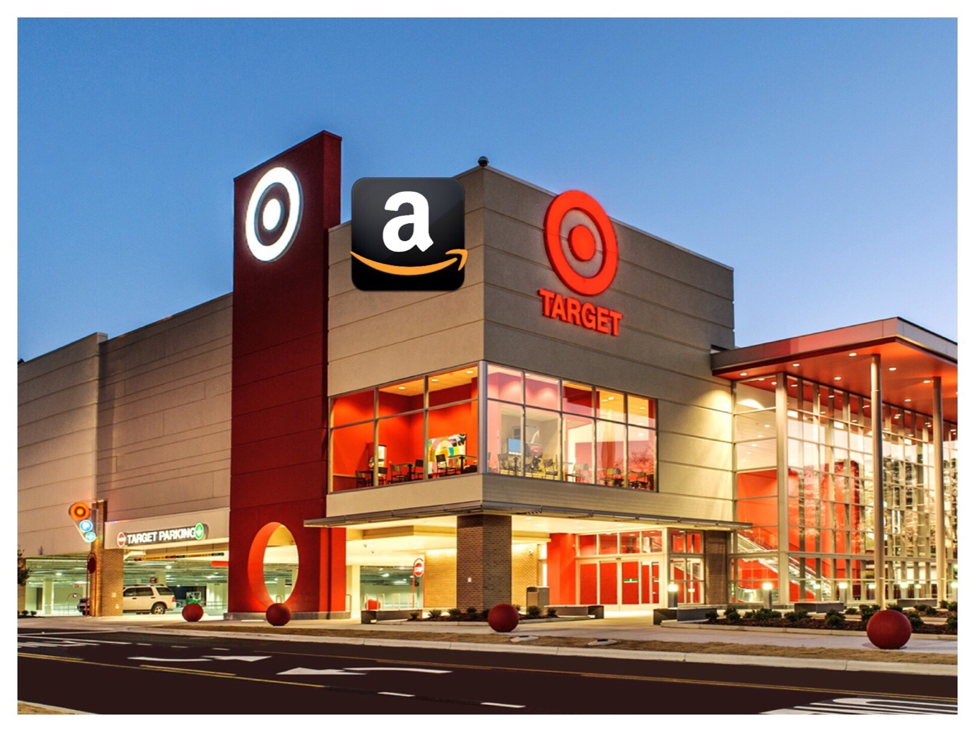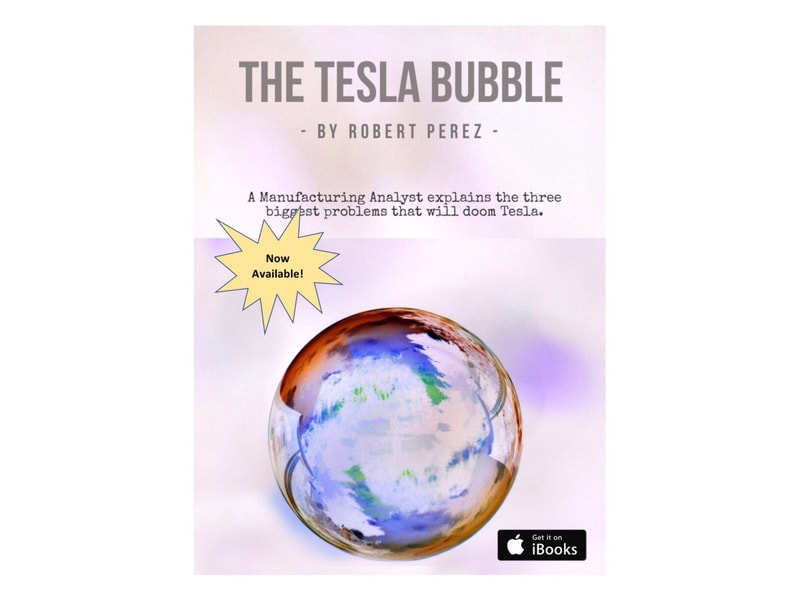Walmart (WMT) stepped up its game by acquiring Jet.com for $3.3 billion in 2016, in effort to expand its e-commerce operations.
Yet, Amazon seemed to buck the trend with its $13.7 billion purchase of Whole Foods. The deal has since led to speculation over which brick-and-mortar might be purchased next. Loup Ventures Managing Partner Gene Munster recently predicted that Target (TGT) would be Amazon’s next acquisition target.
I wouldn’t be surprised one bit if Amazon actually does purchase Target. I had written last fall that the future may see Amazon get pulled into bricks-n-mortar retail as opposed to trying to make it go away. It’s simple economics. Here’s an excerpt from my October 7th post.
But could Amazon someday take over the retail world? Judging by the sensationalist coverage in the tech and financial press that is the impression you get. I really hate those clickbait titles. Amazon is not going to destroy brick-and-mortar retail stores. Far from it. If Amazon continues on the road that they are on, they will be forced to join the brick-and-mortar retail world, not destroy it.
Here is Amazon’s situation from someone who’s quantified various network price tags. Distribution costs per unit are higher for online/catalog retailers than they are for old fashioned retailers. It’s much more expensive on a per unit basis to deliver an individual box to your front door than it is to fill a trailer with forty pallets of that same item to a store and have everyone come pick it up on their own dime. This part everyone knows.
What makes catalog/online retailers cheaper than traditional brick-and-mortar stores is that they don’t have to pay the high fixed costs for all those retail buildings, inventory, and employees. The savings of not having the retail footprint outweighs the variable higher delivery costs. Delivery costs are variable and stay low with low volume. However, this model only works in a certain sweet spot. Retail stores are like automated factory equipment. The fixed costs are high but after you cross a certain volume threshold it makes more financial sense than paying the variable costs of expensive individual delivery.
Now available in iBooks —> The Tesla Bubble




 RSS Feed
RSS Feed